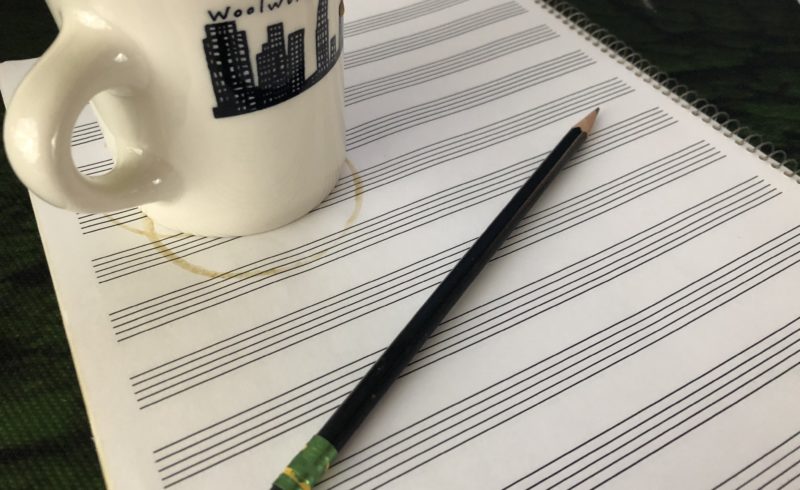
Let’s start by trying to define what musicologists mean by “preventative or preemptive forensic musicology.”
“Preventative forensic musicology” is the application of music research, analysis, and often the comparison of two or more works to illuminate and mitigate the hypothesized risk of allegations of copying and infringement.
High-profile copyright infringement cases pop up all the time nowadays. Dua Lipa, Ed Sheeran, and Disney’s Frozen are all currently in litigation as this article is going up and these starts have begun to incorporate preemptive strategies such as seeing declaratory judgments, video-recording songwriting sessions, and commissioning forensic musicologist reports for new works in advance of, and thus perhaps warding off, specious accusations of infringement.
Nowhere is it more true than in advertising, that an ounce of prevention against plagiarism claims, is worth a pound of cure in court.
Music for advertising has characteristics that make avoidance of conflict particularly worth seeking, and it’s unsurprising that a musicological review prior to launch is becoming standard. In advertising, unless there’s a big budget to license a well-known song, it is common practice to create new music that shares qualities — style or vibe, for instance — with that well-known song. There’s nothing wrong with that in a pure sense, inspiration is not an infringement, but it carries with it obvious risks.
Then there’s the exposure. While the observations of similarity from laypersons on social media and other intellectual property “watchdogs” are frequently exaggerated or mistaken, a barrage of comments that say something like, “WOW, that sounds just like ‘song X” is better avoided altogether where possible. In fact, social media has reached the point where this was the year I noticed the number of new clients saying, “Someone on social media pointed out to me that my song was stolen!”
And perhaps most importantly there’s the client relationship that agencies would prefer to nurture and protect. What’s more paramount?
Conducting preventative musicology illuminates matters of similarity and originality — the main pillars of infringement avoidance. Forensic musicologists analyze the quantitative and qualitative similarities that might exist between two works, research whether such similarity is comprised of material that is original and protected by copyright, or conversely comprised of elements substantially existing in what’s called “prior art,” works that preceded Songs A and B. But the goals are not merely to avoid actual infringement but also to avoid even unreasonable accusations because, unfortunately, those present risk as well.
Preventative forensic musicology seeks to avoid issues altogether. Where concerning similarities are found, musical recommendations can usually be offered to mitigate the perceived risk, and clients are usually surprised at how easily they’re put into action.
The benefits are manifest: a demonstration of care and concern for the client; discouragement of frivolous accusations; and to anyone who might perhaps not be able to discern inspiration from copying, a showing of the specific objective to not infringe on anyone else’s intellectual property.